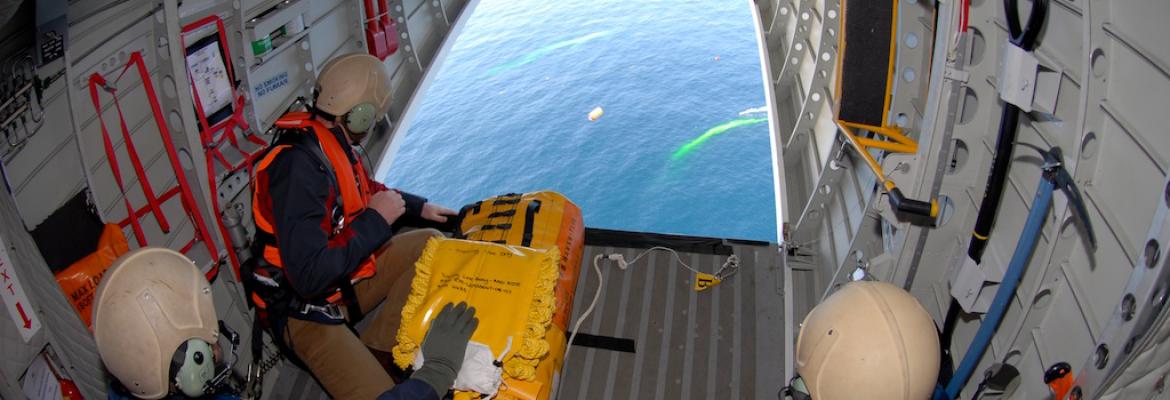
The first arrangement, the Maritime Search and Rescue Technical Arrangement for Cooperation among Pacific Island Countries and Territories, was the result of a cooperative process with the Secretariat of the Pacific Community, New Zealand, France, the United States and the 22 Pacific Island countries and territories. It was developed over a series of workshops to improve SAR coordination and collaboration between nations. The arrangement was also developed to meet the goals, recommendation and guidance of the International Maritime Organization's International Convention on Maritime Search and Rescue, 1979 (the SAR Convention).
The South Pacific area comprises a search and rescue region of over 30 million square kilometres, of which 98 per cent is ocean, and encompasses 7500 islands of which around 500 are inhabited. Providing effective search and rescue capabilities to this vast area presents a sizeable challenge to a number of countries. Through enhanced regional cooperation among the SAR authorities and agencies of the Pacific Island region, this arrangement is an important milestone in improving the collective capacity.
The second SAR arrangement is between AMSA and the Civil Aviation Authority of Sri Lanka, which has been in discussion since 2009 and fills a gap in the International Civil Aviation Organisation (ICAO) audit process. The purpose of the arrangement is to establish a basis for SAR cooperation and to deliver more effective SAR response in the Indian Ocean, a region of the world experiencing increasing aircraft and shipping activity.